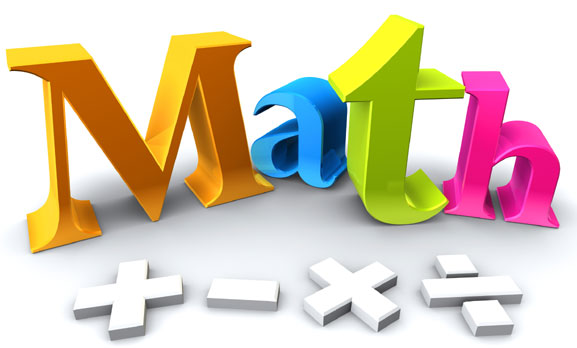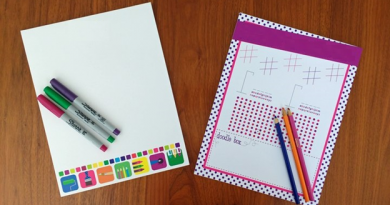6 Interactive Methods for Improving Math Skills

It is becoming more and more unusual to find children sitting passively at desks, taking notes and quietly memorizing the lesson. Decades of educational research have shown that children learn more when they are actively part of an activity, fully engaging their hands, their mouths and even their bodies while they play and learn. This hands-on, real world interactive approach is proven to improve their retention of the lesson material, as well as enjoyment, from the early years of school and far beyond.
Luckily, this means that there are many opportunities for children to improve their math skills outside of school hours while playing at home or when out and about. All are simple interactive math activities that you and your children will enjoy doing together, and all provide really tangible benefits to their math ability and their confidence.
1. Make Art from Math
Shapes and patterns appear all the way in depth through the math curriculum, for example, starting with naming simple shapes in early primary, then exploring symmetry and reflection, measuring angles and then finally more complex Pythagorean work in secondary.
Every step of the way and in every element of shape and space work, there’s an opportunity to use art to consolidate children’s learning. By using a range of materials and colors, you are embracing a multi-sensory approach that can be the key to unlocking a child’s potential.
Most kids love making art. Start with making simple collages from basic shapes with younger children, perhaps using wooden pattern blocks with slightly older children to investigate shape and symmetry. And then with teenagers, look at incredible mathematically inspired artwork like that of MC Escher and have a go at recreating favorites.
2. Role Play
Most parents will have noticed their kids engaging in role play activities, from dressing as superheroes, playing shop or using their play kitchen. For many kids, it’s their favorite way to play.
The good news is that there are plenty of teachable moments in this kind of play. Adults can help children with their math skills by encouraging them to use addition and subtraction to work out totals and customer change in shop games, for example. By getting involved in the game, you can control an appropriate level of challenge for their ability.
If you play alongside your child in their role play games, you’ll find golden opportunities for sneaking in little challenges, such as calculating a distance a superhero needs to fly, or how deep that pretends submarine needs to go.
3. Cooking and Baking
Kids generally love to get involved in the kitchen and it’s a great place for them to practice their math skills while having fun. For the youngest children, really simple recipes that weigh out in spoonfuls can be found, whereas older children can be challenged by weighing and measuring accurately. For a greater challenge still, you could ask children to double a recipe if you have extra guests, or halve it.
4. Playing a Sport
There are numerous ways to covertly practice math skills while taking part in sport, or even watching it, from adding up points received, to calculating points needed for a favorite team to overtake and win the match, to examining league tables. Ball games are also a brilliant way of applying knowledge of angles.
5. Board Games
There are some brilliant apps available for practicing math skills where a child can work solo. Even better, however, are games you might play together such as board games or card games? This way, you can check understanding, discuss concepts, and most importantly, enjoy spending time together.
Your local toy store will likely hold a range of engaging educational math games that support concepts such as telling time, number work and following directions.
6. Real World Math
Children love to feel grown up, so getting them to help you with your real world math is hard to beat. Throughout the day, there are so many small opportunities to engage your child with practical math applications.
Examples are: telling the time and calculating how much time you can spend on an activity before collecting a sibling; working out quantities for recipes and DIY projects; calculating which products are the best value in store, and so many more. Providing several bite-size opportunities over a day can often be more beneficial than sitting down for one longer activity, too.
It is vital to show kids just how important math is in life. It’s also incredibly rewarding for them and a real confidence boost when they can apply their classroom skills and help you out.
Author Bio
Bushra Manna is one of the founders and Principal of Leaps and Bounds Education Centre – Motorcity. She has 20 years’ experience teaching the British and American curricula internationally at primary level – early middle school level, ages 4-12. Bushra believes in imparting deep learning to a child and not just rote learning, which is why she recommends the Magikats program at her centre, to promote a genuine understanding with its multisensory, differentiated and interactive approach within a small group setting.




